Strawberry Island Mysteries
Every year at this time, I start getting inquiries about the history of Strawberry Island. When I was reading through the August 8, 1923 issue of Turn O’ the Tide the other day, looking for something else, of course, I came across an article about Strawberry Island titled, OH, YES, THEY HAVE NO STRAWBERRIES BUT LEGENDS APLENTY AT KENNEBUNK BEACH “In the old days there was a house on it, which has long since been destroyed. The barn and the shed still remain.” Wait a minute, thought I, some people I have spoken to in the last 20 years still remember sneaking into a furnished house that they believed to have been built on the island by Arthur Libby in 1888. How could it have been gone in 1923? I decided to chase down the deeds to once and for all verify or refute the “LEGENDS APLENTY AT KENNEBUNK BEACH.”
In his books, the Ancient History of Kennebunk, written in 1831 and History of Wells and Kennebunk, Edward E. Bourne wrote that Ephraim Poke built a house around 1731 “on the extremity of the point, where the sea has now washed off the earth” on what we now call Strawberry Island. It was at that time known as Great Neck. Young newlywed Ephraim was for some reason referred to as Grandfather Poke, so the land he lived on was dubbed Grandfather’s Point. Ephraim and his horse drowned a few years later trying to ford the Mousam River at a higher than expected tide.
Nathaniel Spinney, who lived there next, may have moved another house to the point from an inland Kennebunk Beach lot owned by John Webber. You may remember from my Star Column that John Webber’s two sons each had an ear lopped off as a punishment for counterfeiting, but I digress. John Gillespie took possession of the point in the early 1800s. It was henceforth known as Gillespie’s Point. When John could see that the foundation of his house would soon be under water, he abandoned it and moved to the village. Perhaps that was the house that in 1831 Bourne wrote the sea had now washed off the earth.
The mouth of the Mousam River was moved for the second time to its present location in 1846. William Gooch acquired Gillespies Point two years later.
Arthur Libby was deeded a 1/8 share of Gillespies Point in 1892 by William Gooch’s wife and daughter. The island was deeded outright to Libby by Georgana Gooch Peabody in 1895. He clearly could not have built a fancy house on Strawberry Island in 1888 because he didn’t yet own it. By then the house built by Ephraim Poke or Nicholas Spinney, was already long gone. All that remained was a barn and a shed. You can see them in the 1890s photograph of the fishermen on the wharf in the cove.
All the buildings on the island burned to the ground on the night of August 8, 1962. What exactly do you remember about those buildings?
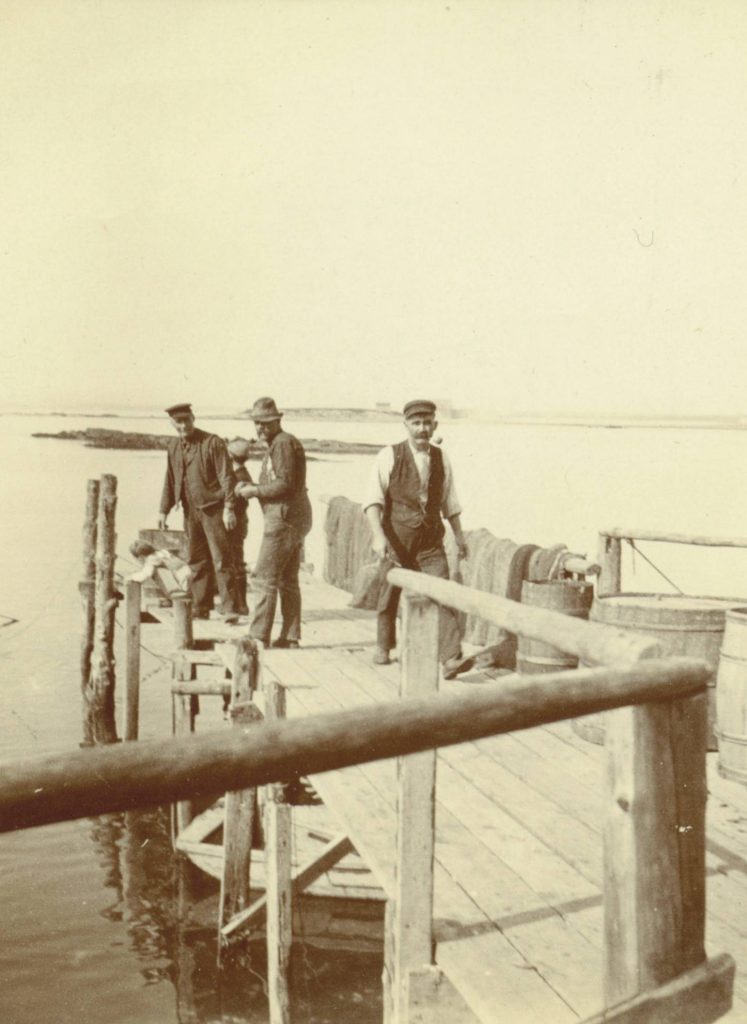
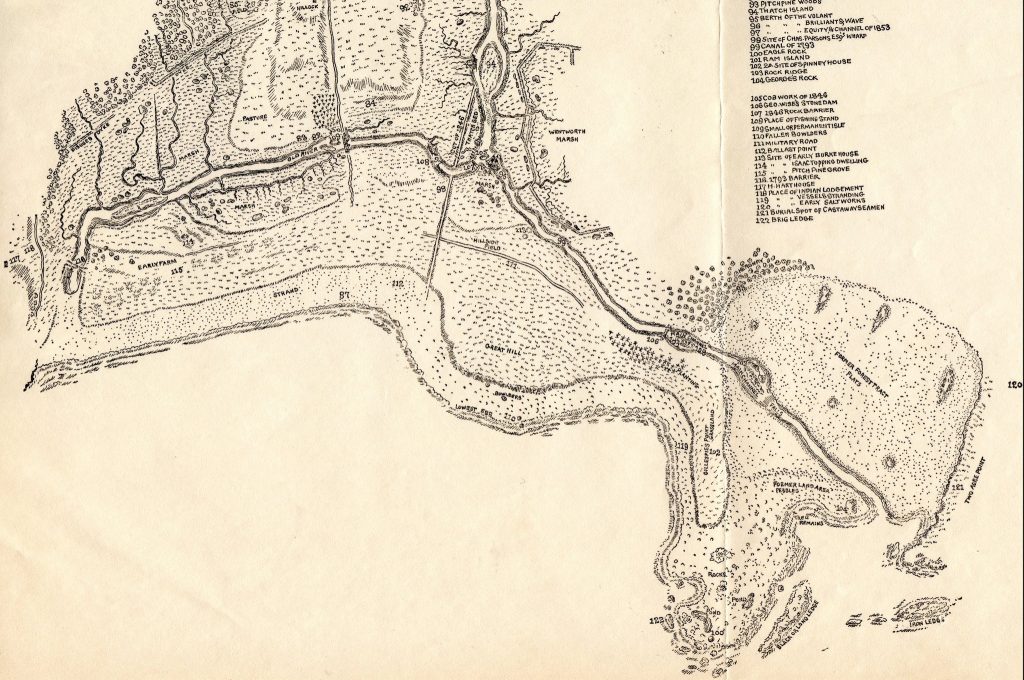
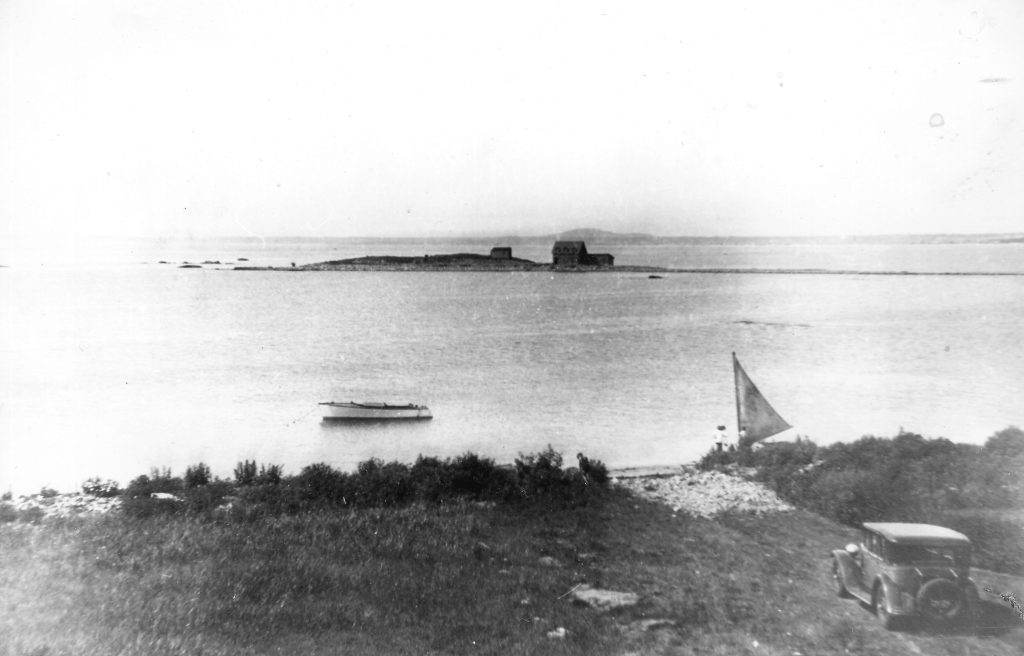

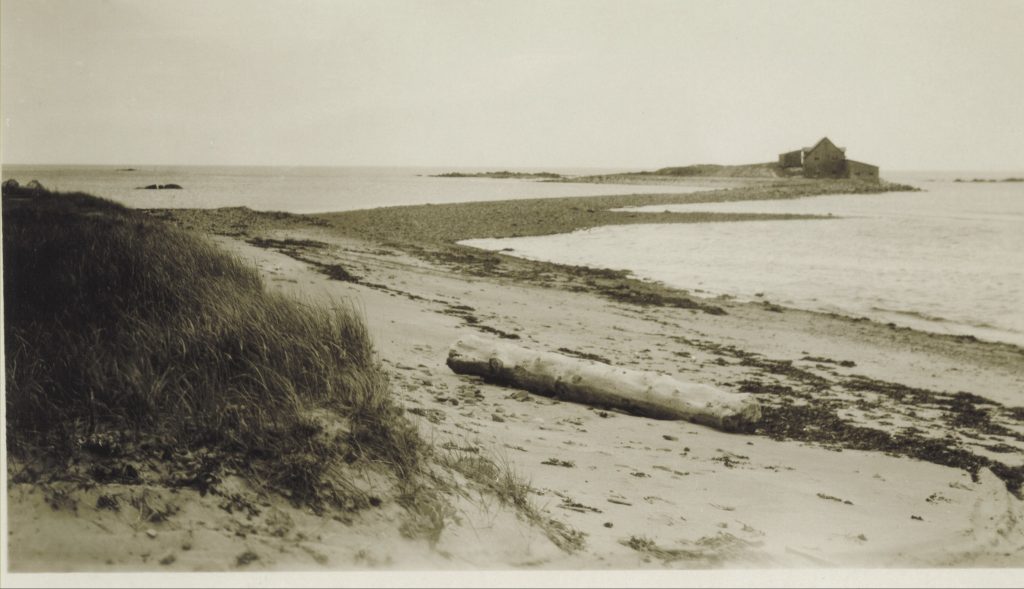
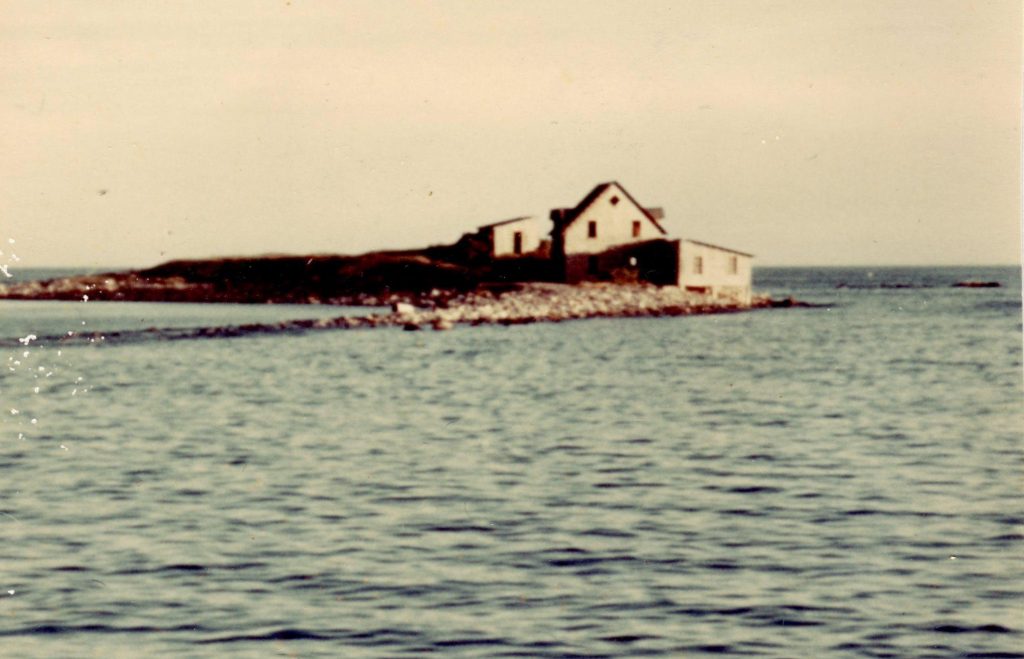
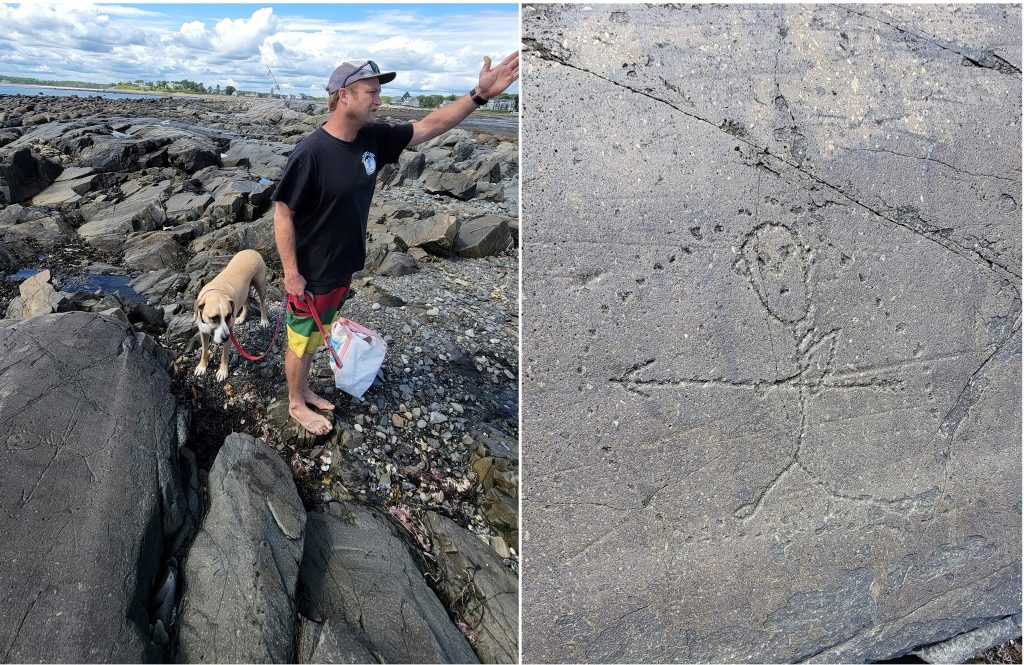


Leave a Reply